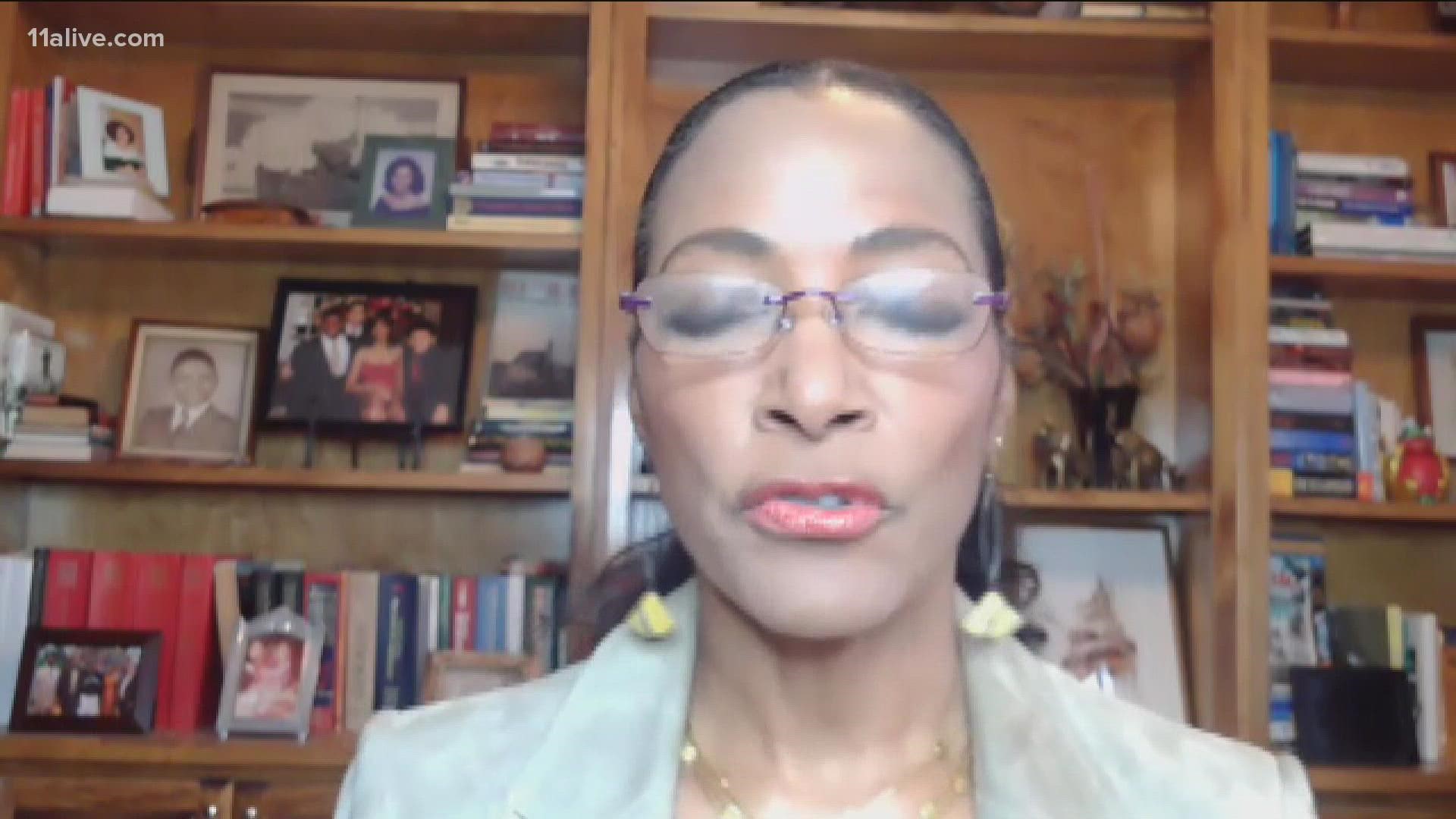ATLANTA — Editor's Note: The video above is in reference to the CDC's latest guidance on the COVID-19 isolation period.
As classes returned this week, school COVID-19 quarantine policies look different.
Many districts, including Cherokee, Fulton and Cobb have announced they'll follow the new Centers for Disease Control and Prevention coronavirus guidance that advises people who test positive to quarantine for five days instead of 10, regardless of vaccination status.
This new CDC guidance has confused a lot of people, especially parents sending their kids back to school.
Dr. Jayne Morgan of Piedmont Healthcare said the frustration can be felt among the medical community as well.
"I'm not sure if they're thinking about the availability of tests and they don't have access," Morgan said of the testing component in the CDC's new guidance. "It is subject to interpretation on many levels."
Morgan said despite the frustration, the CDC is being clear about the time required to quarantine after a positive test.
"You are being asked to quarantine for five days, and after that five days period, you must wear a mask at all times. And they use the word strict for the unvaccinated," she said.
That means kids returning to schools, even in districts that don't require masks, would need to wear them for the next five days.
"They've (the CDC) added a suggestion of testing," Morgan said.
She explained that if people wanted to, they can check for the virus after the five-day isolation period. If that test is positive, the person is asked to isolate for another five days. If it is negative, that person no longer has to isolate, according to the doctor.
"But that's just a suggestion," she said. "It's not even a strong recommendation to test after five days."
Dr. Morgan clarified that the CDC's suggestion is for everyone who tests positive for covid.
"This covers all American citizens, whether you're a child or an adult or elderly. It is independent of your situation," she said. "If you test positive, these are the CDC requirements and that includes people who work for school systems, people who work for fire stations, people who work for airlines, wherever you work, these are the guidelines that are being followed and it will impact many industries and organizations, including children and teachers returning to school."
Another question she hears a lot is about testing -- finding an at-home test or waiting for hours for a PCR.
"The PCR tests are the gold standard," she said. "When you take these tests, it takes about two days for these results to come back. The at-home tests are very convenient, they're self-administered, and then you can make real-time decisions about what your behavior is going to be and how that needs to be mitigated."
While the supply of at-home COVID tests is ramping up under President Biden's emergency order many people are still wondering how accurate they are.
"The accuracy of these tests is about 85% when you have symptoms," Morgan said. "Symptoms certainly correlate to viral load. The higher the viral load, the more sensitive these tests are. The further out from symptoms you are, the less accurate these tests will be."
If someone tests negative once with an at-home test, Morgan said that shouldn't always be taken at face value.
"In order to increase the accuracy, you may want to do serial testing, so test over a period of days on day 1, day 3, and day 5," she said.
Morgan said finding those at-home tests to do serial testing is still a challenge with today's current supply.
"With each surge, we have had our challenges, something that really narrates what this surge is about, and this particular surge of omicron, this 5th surge, has been about supply," she said.
The doctor said the availability of all COVID-fighting resources, from testing to the new anti-COVID pills, and the barriers that may impact someone to get to them is what's complicating the ability to get over this latest surge of cases. She said this won't last forever.
"So as we get over this and the supply ramps up, this will not be an issue, but right now, absolutely supply is an issue, demand is outstripping supply," she said.

